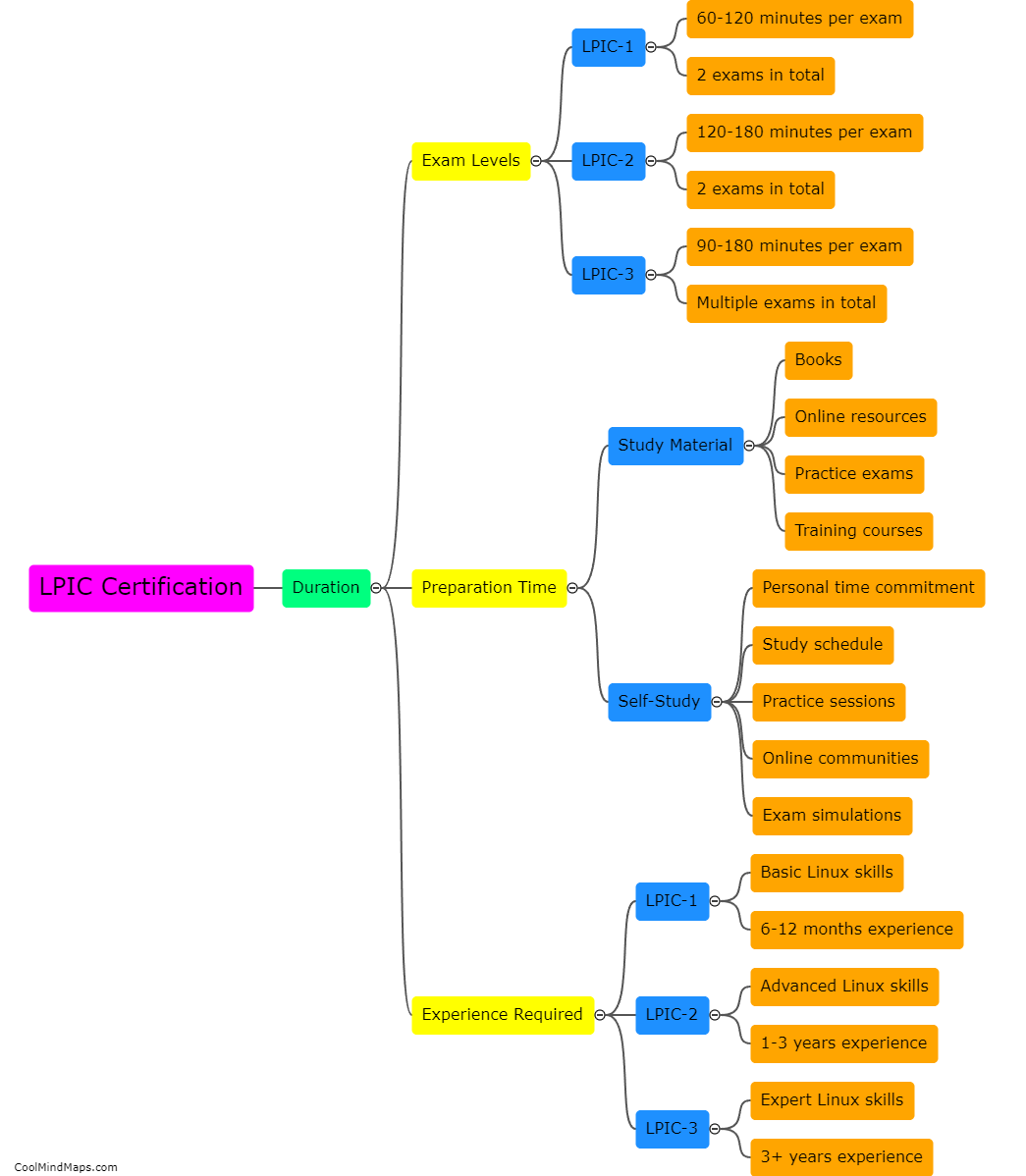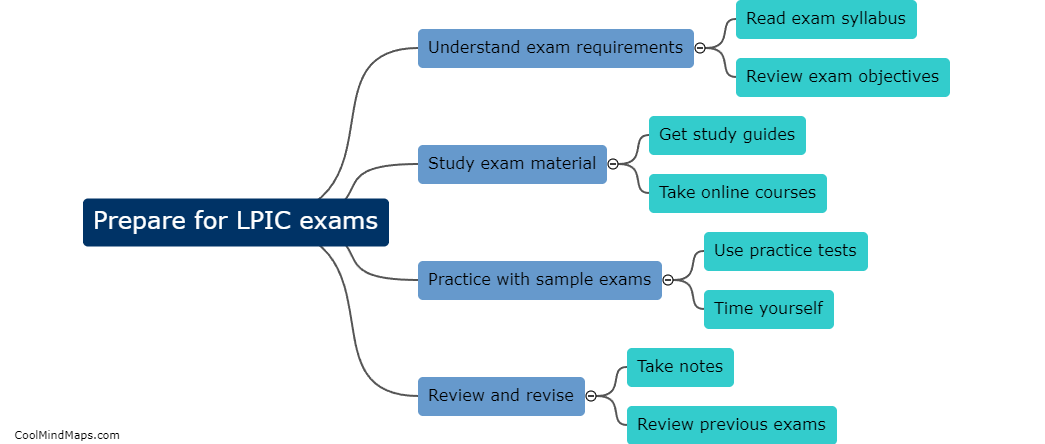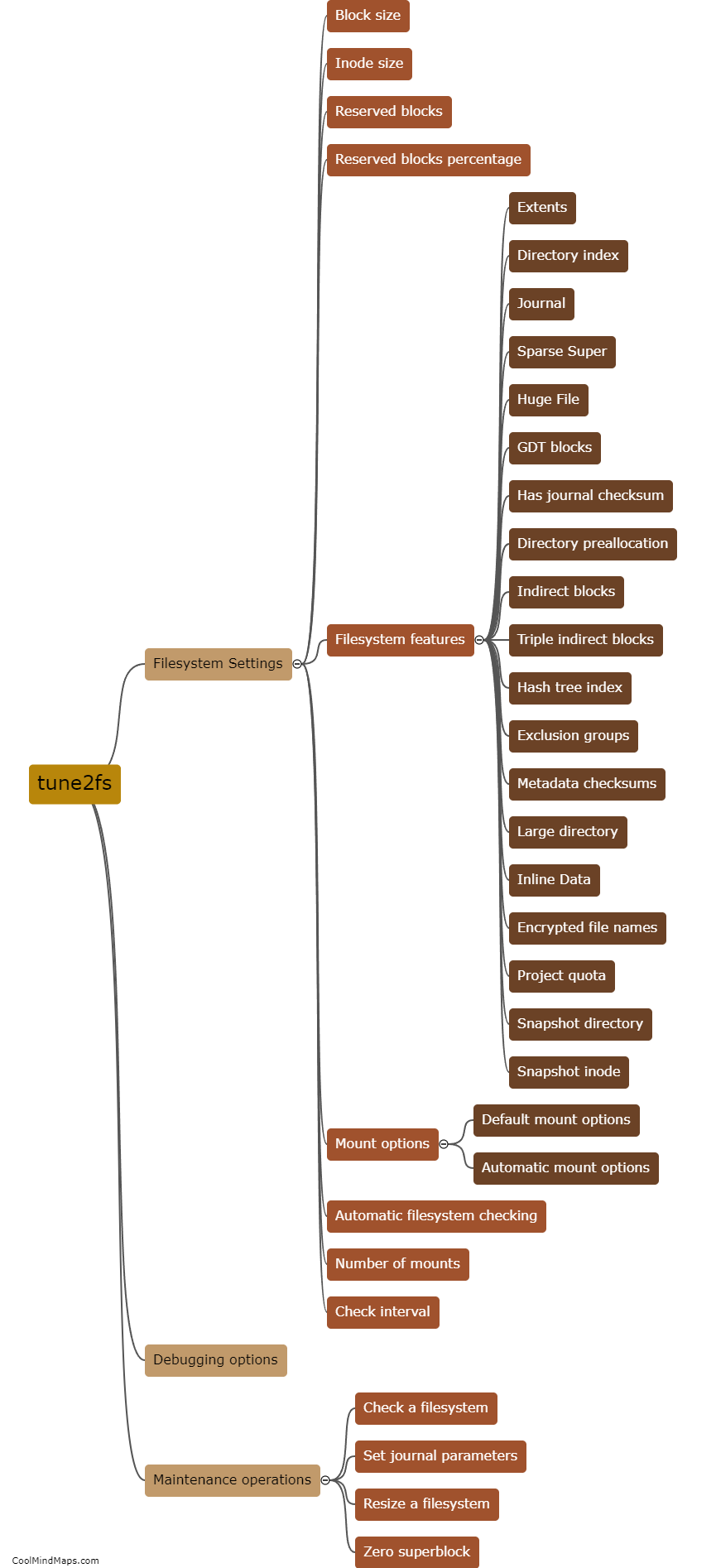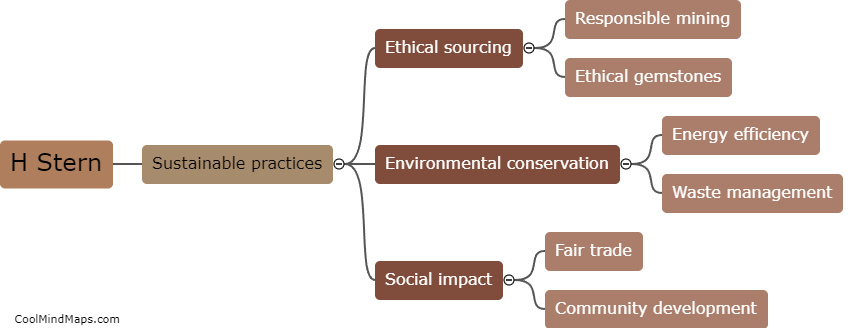How does journaling work in filesystems?
Journaling is a technique used in filesystems to improve their reliability and recoverability in the event of system crashes or power failures. It involves maintaining a journal or log that keeps track of changes made to the filesystem before they are actually written to the disk. When a change is requested, it first gets recorded in the journal, and only then is it applied to the main filesystem. This ensures that if a crash occurs during the writing process, the filesystem can be easily restored to a consistent state by replaying the journal entries. By ensuring that data is not lost or corrupted, journaling provides a robust mechanism for maintaining the integrity of filesystems.

This mind map was published on 5 November 2023 and has been viewed 92 times.











